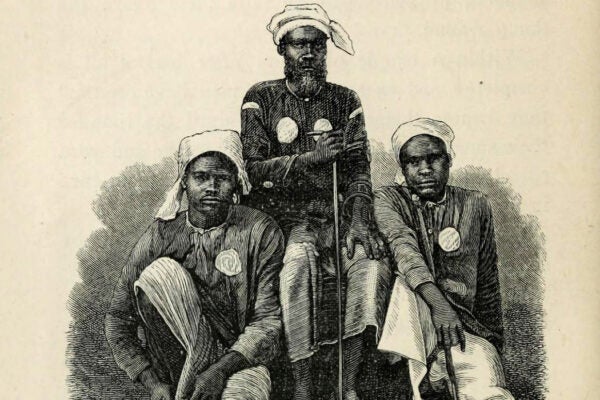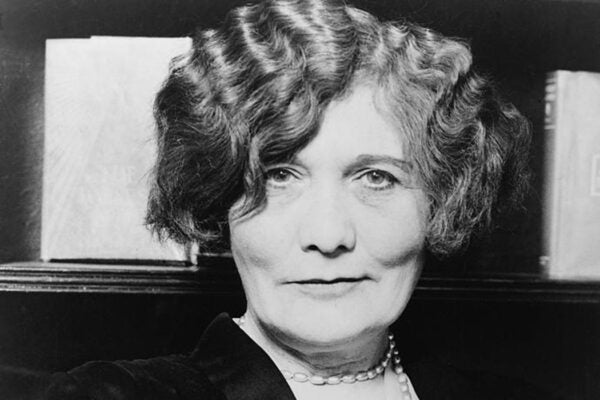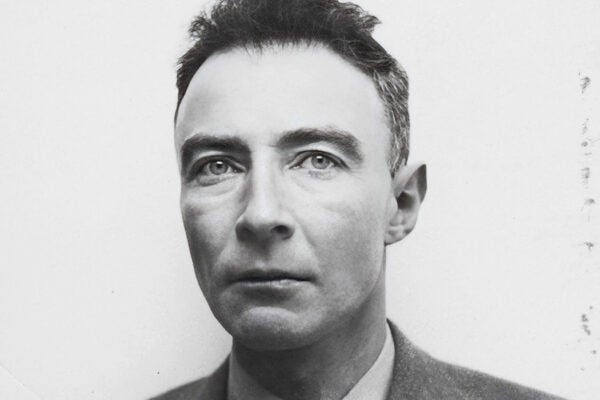Mobile People, Asteroid Fighters, and Frank Oppenheimer
Well-researched stories from Nautilus, Knowable Magazine, and other great publications that bridge the gap between news and scholarship.
Eileen Gray: Architect In Her Own Right
Without formal training as an architect, Gray created magnificent designs that sensitively blended traditional craft with a modern aesthetic.
Mbarak Mombée: An African Explorer Robbed of His Name
Kidnapped and sold into slavery, Mbarak Mombée was critical to the success of the most celebrated nineteenth-century European expeditions in Africa.
Charting the Music of a Movement
Galvanized by an act of racial violence, the band A Grain of Sand brought a new version of Asian American activism and identity to the folk music scene.
How Astronomers Write History
Scientists’ approach to dating past eclipses changed when they stopped treating classical texts as authoritative records.
The Most Dangerous Woman in the World
“Chicago May” was a classic swindler who conned her way around the world in the early twentieth century. She was also a sign of hard times.
A Night at the Oscars
All (or at least a lot) of what you need to know before going to this year’s Academy Awards watch party.
A Cold War Baby: Happy Birthday, Alvin!
The submersible Alvin is sixty years old this year. Numerous overhauls and upgrades have kept the craft going down (and coming back up!).
The Annotated Oppenheimer
Celebrated and damned as the “father of the atomic bomb,” theoretical physicist J. Robert Oppenheimer lived a complicated scientific and political life.
Not All Forms of Carbon Removal Are Created Equal
The carbon market and offsetting system have created “carbon cowboys” and perpetuated forms of neo-colonialism and other inequities.









